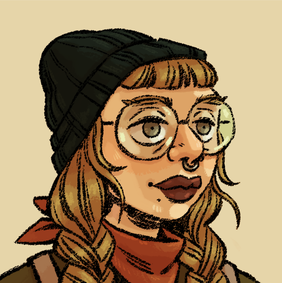
by Michele Kirichanskaya | Mar 2, 2025 | Blog, Featured
Bree Paulson is a SoCal writer and illustrator who loves spooky monsters, fashion history, and all things autumnal. After graduating from the Laguna College of Art and Design with a BFA in animation, she freelanced on a few independent animation and illustration...
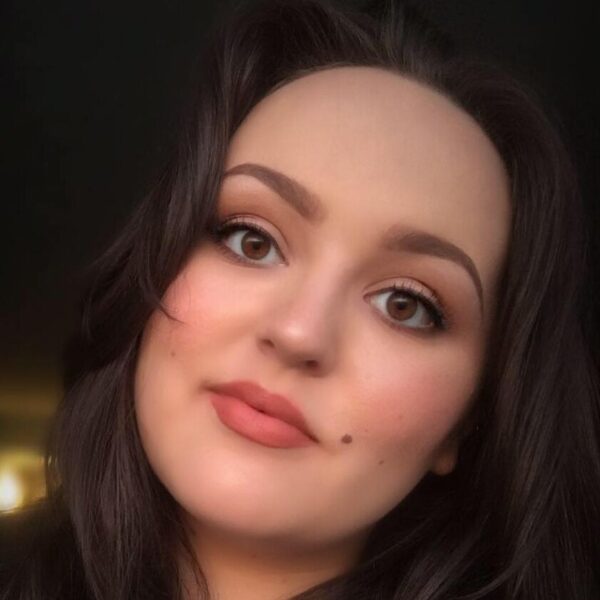
by Michele Kirichanskaya | Feb 26, 2025 | Blog
Melissa Blair is an Anishinaabe-kwe of mixed ancestry living in Turtle Island. She splits her time between Treaty 9 in Northern Ontario and the unceded territory of the Algonquin Anishinabeg in Ottawa, Canada. She has a graduate degree in Applied Linguistics and...
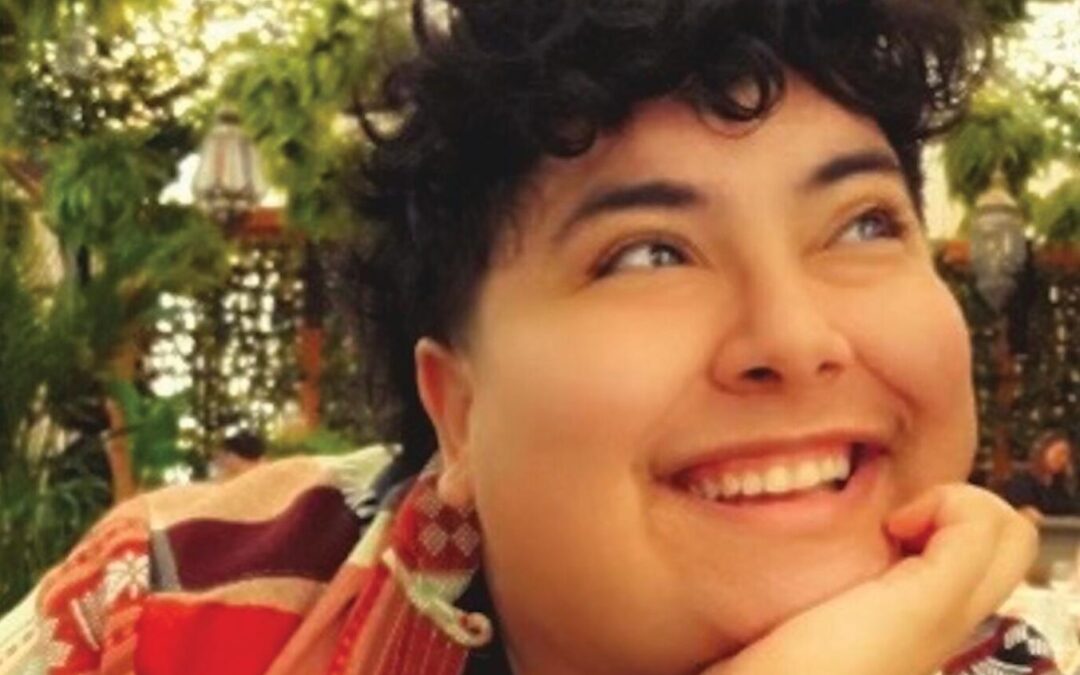
by Michele Kirichanskaya | Feb 22, 2025 | Blog
Born and raised in Arizona, Sonora Reyes is the author of The Lesbiana’s Guide to Catholic School and The Luis Ortega Survival Club. They write fiction full of queer and Latinx characters in a variety of genres, with current projects in both kidlit and adult...
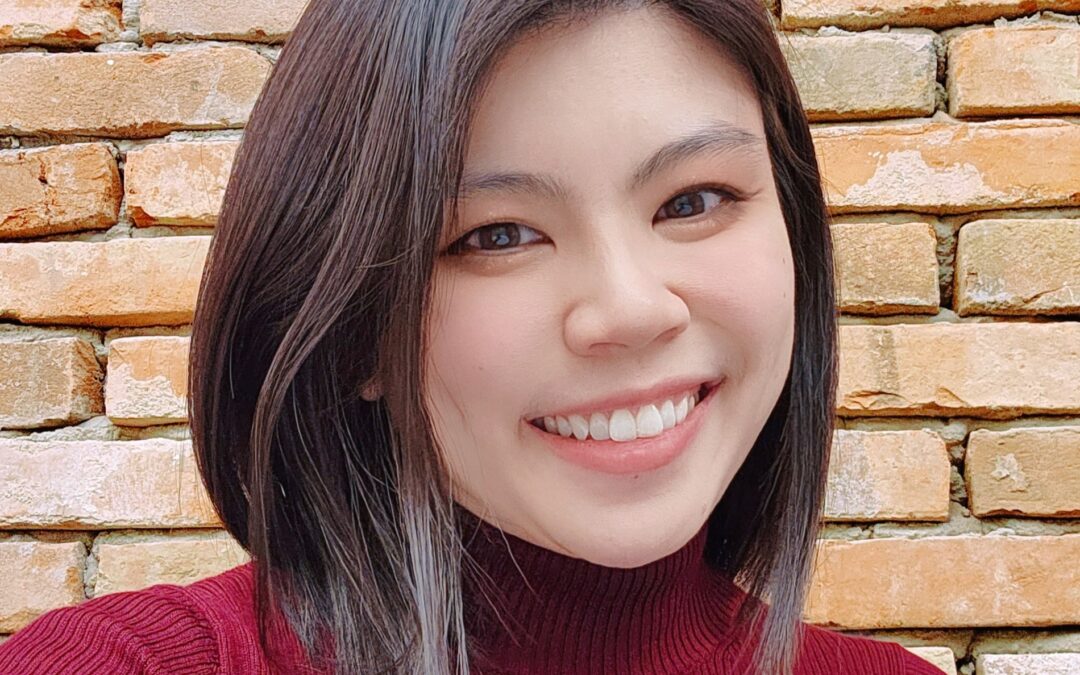
by Michele Kirichanskaya | Feb 19, 2025 | Blog
Amber Chen is a Singaporean-Chinese author of SFF and contemporary fiction. She spends much of her free time living within Chinese fantasy novels and dramas and also drinks one too many cups of bubble tea. One of her webnovels, The Cutting Edge, has been adapted for...
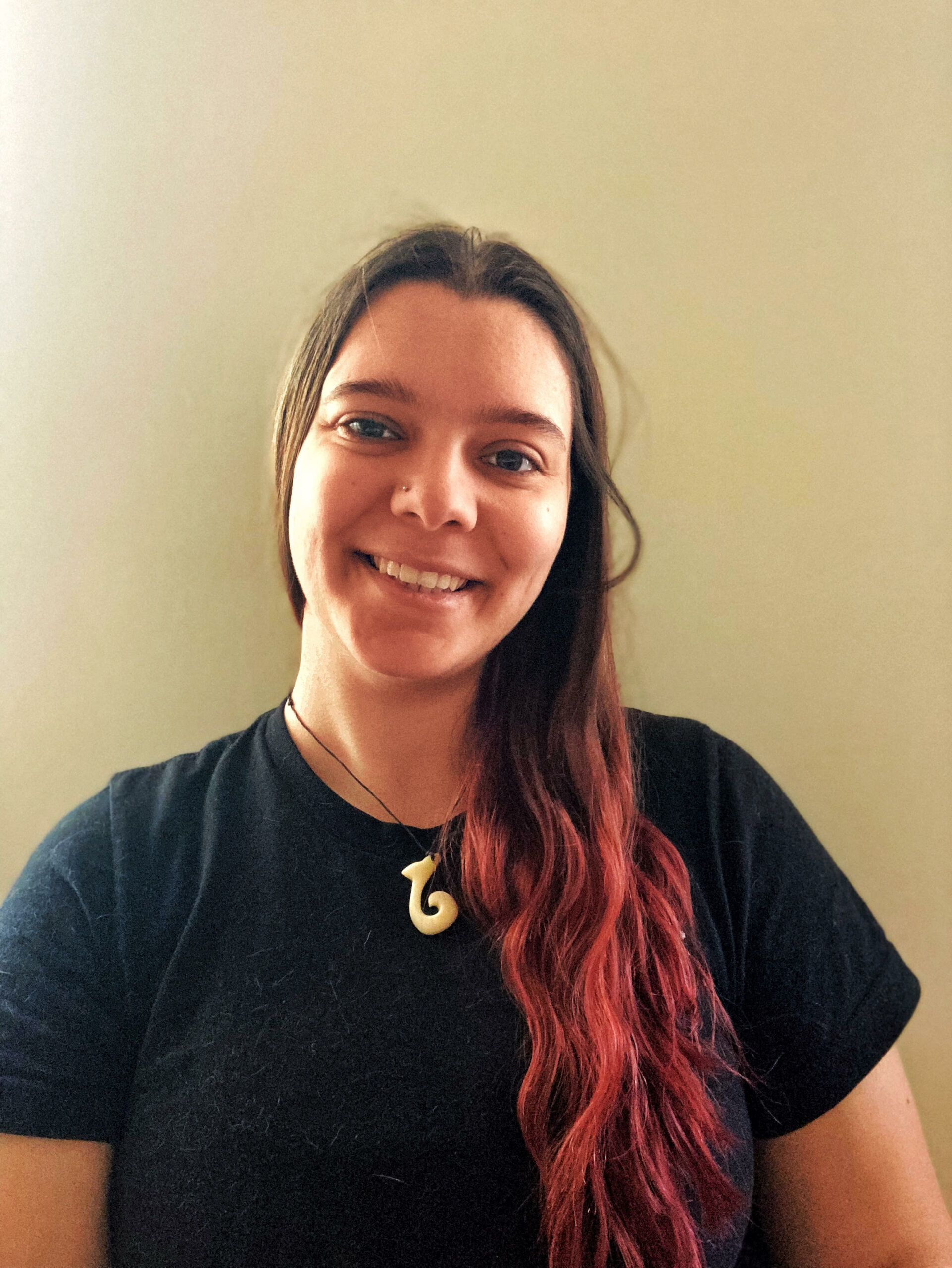
by Michele Kirichanskaya | Feb 14, 2025 | Blog
Ashley Wilda has an MFA in Creative Writing for Children and Young Adults from the Vermont College of Fine Arts. In addition to writing, she loves painting, making ceramics, playing music, rock climbing, and hiking with her husband, Ethan, and rescue pup, Phoenix. I...






